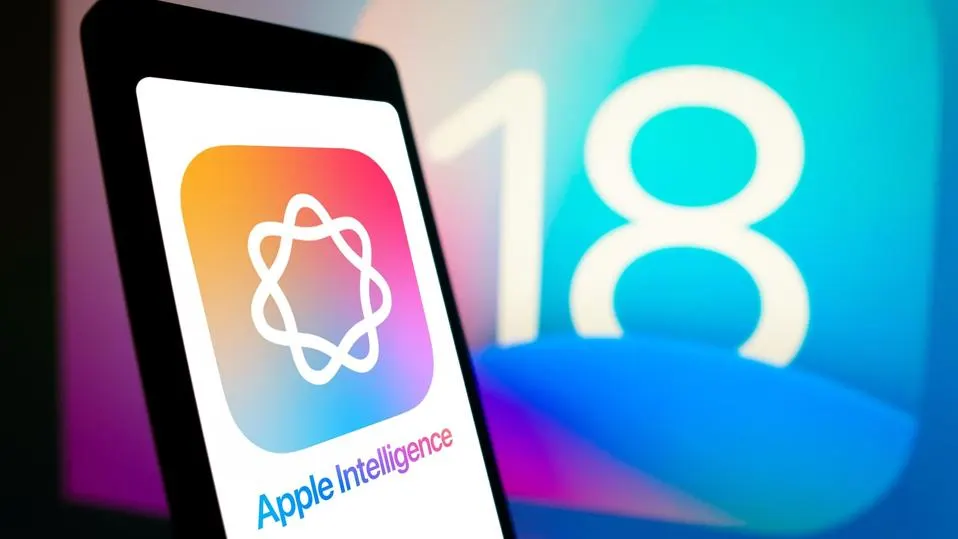The 4 Biggest Future Trends In The Financial Sector
4 April 2022
Love it or loathe it, money is an important part of society. And our relationship with money – how we use it, who we trust to look after it, and how we as financial customers expect to be treated – is changing. In particular, four major trends will influence the financial sector over the coming years. Let’s take a look at those transformative trends.

Trend 1: Digital money
Money has well and truly gone digital. You can now pay for goods and services at the tap of a screen via mobile apps or by scanning your phone in a shop. In China, people can even pay by flashing their smiles, using a “Smile to Pay” facial recognition payment service. These days, physical money often doesn’t come into it.
Essentially, digital money refers to any form of money or payment that only exists electronically – and this can be as simple as a payment or money transfer that takes place online (typically facilitated by a traditional bank or credit card company) or as complex as an entire cryptocurrency like Bitcoin (which generally sits outside of traditional money institutions). Digital money can therefore involve credit cards, smartphones, apps, online banking, money transfer platforms, and cryptocurrency platforms – but however the transaction occurs, the key factor is no tangible money changes hands. This trend was accelerated by the COVID-19 pandemic, as people and businesses became reluctant to handle physical money, and contactless payments surged.
In short, the trust that people have long placed in banks and traditional forms of payment is increasingly being placed in digital money. And this is giving rise to a whole host of new services that are set to challenge traditional financial service providers (more on this coming up later). But before we get to that, let’s consider the wider implications of digital money.
Trend 2: The future of money – will physical money disappear?
The digitization of money is forever altering our relationship with money, to the extent that physical money could disappear entirely. If that sounds far-fetched, consider that more than 600 currencies have disappeared in the last 30 years, and it’s not unthinkable that more will either disappear altogether or be replaced by digital currencies. That goes for major currencies, too. As an example, the European Central Bank is already exploring the introduction of a “digital euro.”
There’s another consequence of the digitization of money, and that is our personal data is becoming increasingly intertwined with our money. In the future, even more of your personal details – for example, whether you’re a student or a homeowner – could be embedded into your money and transactions. For instance, payment systems could become largely invisible, and payment for goods and services could be taken automatically based on your identity. This is pretty transformative stuff, but it also carries with it enormous risks around data security and identity fraud.
Trend 3: The rise of finance apps
Facilitating this new wave of digital money are mobile payment apps and so-called “digital wallets” – typically app-based services that allow users to pay for things (for example, via contactless payments) and transfer money to others.
What’s really important about this trend is many of these apps and services are being offered not by traditional banks but by tech giants and digital-native startups, such as Apple, Google, Samsung, and PayPal. Powered by data and AI capabilities, this new breed of fintech providers is threatening the long-established monopoly that traditional banks and financial service providers have over money and payments. In just one example, PayPal-owned Venmo processed $159 billion in payments in 2020, representing a 59 percent year-on-year increase. Just think how long it would take a traditional bank to achieve that kind of customer growth. It’s astonishing.
Apps are also beginning to enter the world of unsecured lending, with services like Klarna, a buy-now-pay-later digital payment system popular with millennials. This again will take market share from high street banks and other lenders.
Trend 4: Consumer expectations for more personalized, intelligent services
The digitization of money is creating huge streams of data on what customers actually do with their money – and this information can be used to offer customers helpful insights about their spending or even to cross-sell other relevant financial products and services in the future.
As an example, independent UK bank Metro Bank has an intelligent tool called Insights, which analyzes customer spending patterns and makes predictions about whether a customer is likely to exceed their credit limit before their next paycheck or whether an unexpected expense could push them into the red. This is the sort of personalized, tailor-made service that banking customers will increasingly expect in the 21st century.
This trend is so significant that a PwC survey on technology in finance cited customer intelligence as the most important predictor of revenue growth and profitability. Bottom line, customers expect these intelligent services, and if traditional providers don’t offer them, you can be sure the tech giants and digital-native startups will step in to fill the gap.
Related Articles
How You Become Irreplaceable In The Age Of AI
In a world where artificial intelligence is rapidly advancing, many of us are left wondering: Will AI take our jobs?[...]
Why Apple Intelligence Sets A New Gold Standard For AI Privacy
In the rapidly evolving world of artificial intelligence, privacy concerns have become a hot-button issue.[...]
Can Your Device Run Apple Intelligence? What You Need To Know
Apple's announcement of Apple Intelligence has sent waves of excitement through the tech world.[...]
10 Amazing Things You Can Do With Apple Intelligence On Your IPhone
Apple Intelligence is poised to revolutionize the iPhone experience, offering a suite of AI-powered tools that promise to make your digital life easier, more productive, and more creative.[...]
Agentic AI: The Next Big Breakthrough That’s Transforming Business And Technology
The world of artificial intelligence is evolving at a breakneck pace, and just when you thought you'd wrapped your head around generative AI, along comes another game-changing concept: agentic AI.[...]
Sign up to Stay in Touch!
Bernard Marr is a world-renowned futurist, influencer and thought leader in the fields of business and technology, with a passion for using technology for the good of humanity.
He is a best-selling author of over 20 books, writes a regular column for Forbes and advises and coaches many of the world’s best-known organisations.
He has a combined following of 4 million people across his social media channels and newsletters and was ranked by LinkedIn as one of the top 5 business influencers in the world.
Bernard’s latest book is ‘Generative AI in Practice’.










Social Media